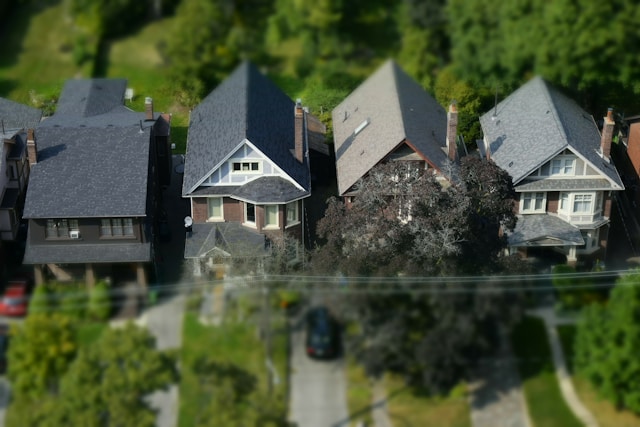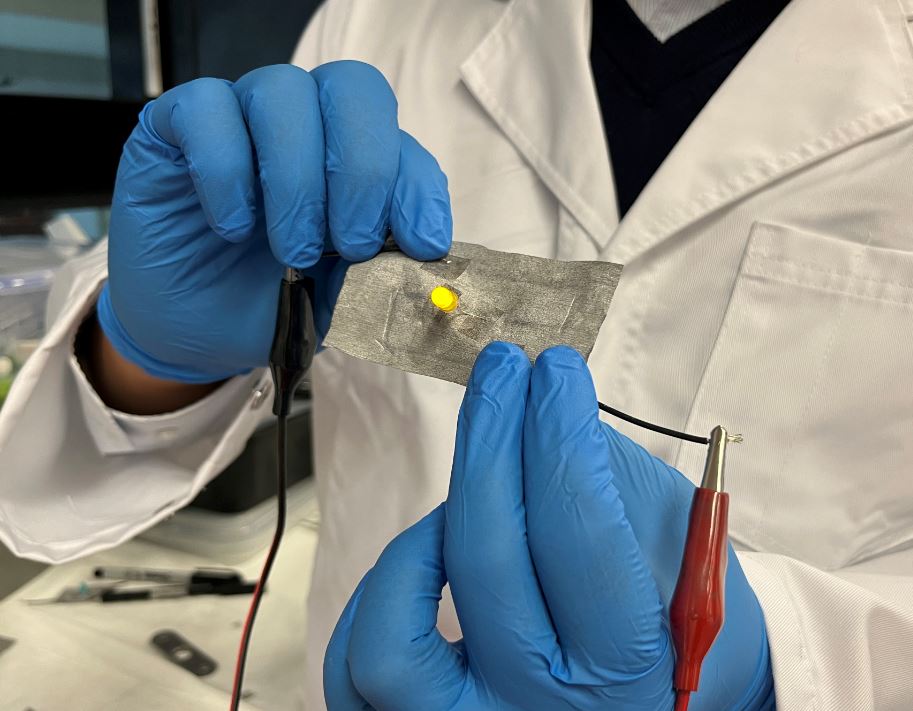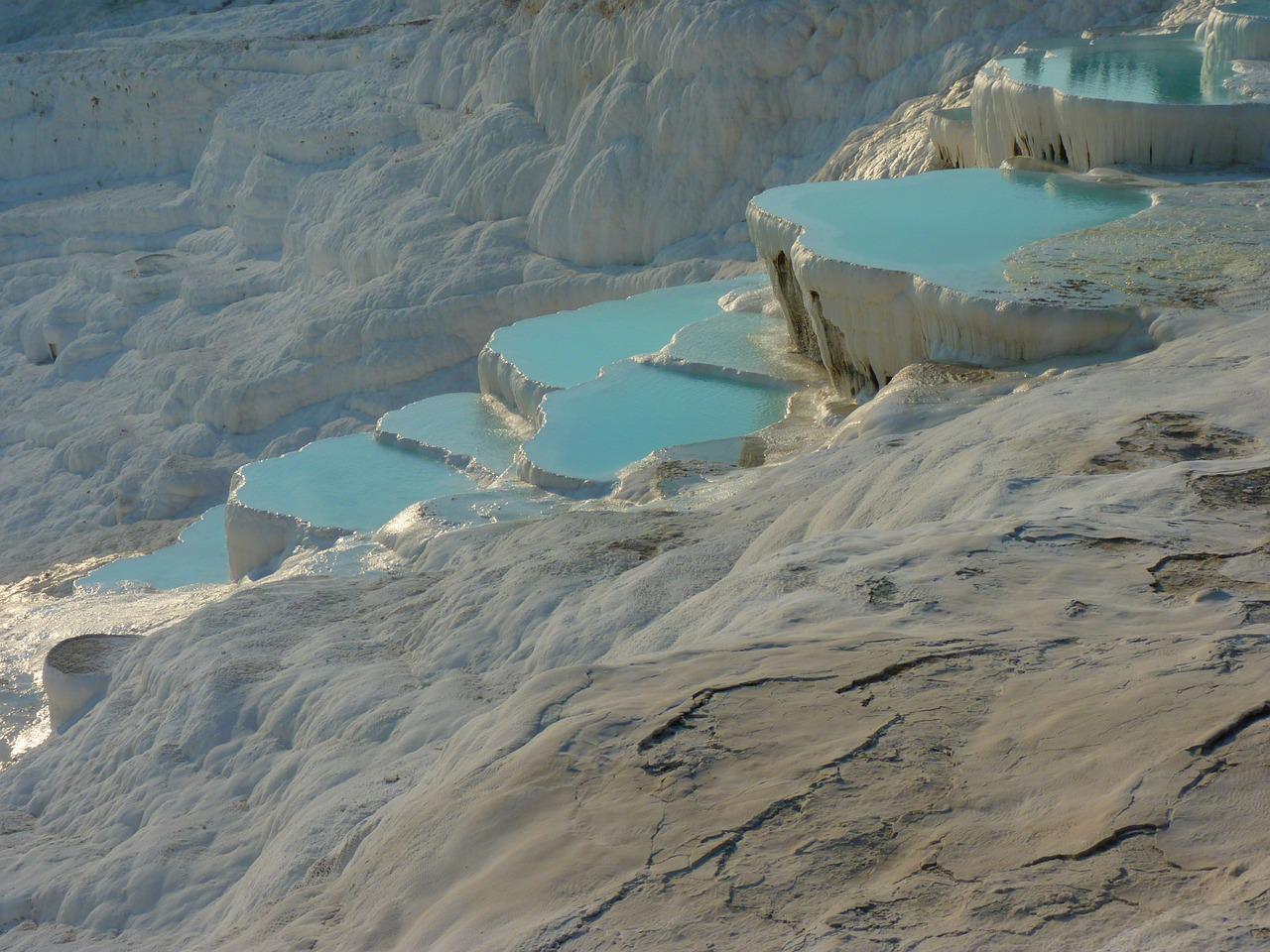Homeowners face water damage is one of the most common and costly problems. If left unchecked, water intrusion can lead to mold growth, structural damage, and numerous other issues. Exterior waterproofing is critical for safeguarding homes against water damage in Toronto’s wet climate.
Waterproofing protects a home’s envelope – its outer shell – from moisture intrusion. It involves creating a barrier between the interior and exterior to prevent water from seeping in. Proper waterproofing ensures rain, melting snow, and groundwater do not penetrate the foundation, walls, roof, and other vulnerable areas. This protects the structural integrity of the home and prevents moisture issues indoors.
Common Causes of Water Damage
Unfortunately, water damage in homes is very common, especially in regions with high precipitation and extreme weather like Toronto. Water can penetrate the exterior and interior of a home in several ways, leading to structural issues, mold growth, and extensive repairs if left unchecked.
The most prominent cause of water damage is weather and precipitation. Toronto experiences all four seasons, with cold, snowy winters and humid, rainy summers. Precipitation puts constant stress on roofs, walls, windows, and foundations. Intense rainstorms can dump large volumes of water quickly, overwhelming drainage systems. Melting snow and ice in the spring leads to saturated ground and flooding. These conditions require robust waterproofing measures to prevent seepage into basements and living spaces.
Prolonged precipitation causes the ground to become saturated. This leads to hydrostatic pressure, which pushes water through small cracks and openings in the foundation. Basements are especially vulnerable to this type of seepage during the spring and after major storms. Weak points in basement walls and floors must be sealed to prevent water intrusion.
Freeze-thaw cycles in winter and spring also damage building materials, creating new entry points for water. Ice dams along eaves and gutters can back up under shingles and leak into attics. Repeated freezing and thawing deteriorates concrete and asphalt driveways, leading to cracks and potholes that collect water. These common seasonal conditions in Toronto demonstrate the importance of maintaining and inspecting waterproofing barriers year-round.
Basement Waterproofing
Basement waterproofing is one of the most important aspects of protecting a home from water damage. Toronto’s climate experiences all four seasons, and with spring comes melting snow and heavy rainfalls that can lead to flooded basements if the foundation is not sealed correctly. Waterproofing the basement prevents water from seeping through cracks in the concrete walls and floors. An unfinished basement that gets wet can grow mold and cause structural issues over time. A finished basement risks thousands in damage to drywall, flooring, furniture, and other belongings.
There are two main basement waterproofing techniques:
- Interior waterproofing involves sealing cracks and openings from the inside using sealants, drainage systems, and sump pumps. This is less disruptive but mainly mitigates leaks rather than entirely preventing them.
- Exterior waterproofing seals the foundation from the outside. Methods include applying waterproof coatings, installing drainage tiles, or excavating to apply waterproof membranes. Effective exterior waterproofing toronto provides maximum protection by keeping water from penetrating in the first place.
Professional waterproofing companies can assess the foundation and recommend the right approach based on factors like the age of the home, construction type, soil conditions, and severity of water issues. Basement waterproofing provides invaluable protection against one of the most common and damaging causes of leaks. Investing in high-quality waterproofing can save thousands by preventing flooding disasters and repairing foundations.
Exterior Wall Waterproofing
Exterior walls are susceptible to water damage due to exposure to the elements. Proper waterproofing of exterior walls can prevent moisture from seeping into the walls and causing issues like mold, mildew, and structural damage. Some common waterproofing materials and techniques for exterior walls include:
- Membrane waterproofing involves applying a thick, rubberized asphalt membrane or plastic sheet across the exterior surface. The membrane acts as a barrier to water penetration through the walls. Products like Grace Ice & Water Shield are commonly used.
- Fluid-applied coatings—These liquid-applied products, such as acrylic or urethane coatings, are rolled or brushed onto the exterior walls. They seal the surface and cracks to prevent water intrusion. Some products have fiber reinforcement for added durability.
- Drainage mats/boards – Special drainage boards with a dimpled surface can be installed against exterior walls before siding. They create an air gap that drains moisture and channels away from the walls. Brands like Delta MS are available.
- Flashing—It is essential to Install flashing made of metal, rubber, or adhesive membranes around areas prone to water entry, like windows, doors, and wall penetrations. Flashing directs water away from openings.
- Sealants – Caulking, sealants, and foam around wall joints, corners, and openings help seal the exterior envelope from moisture. Regular sealing inspection and maintenance are critical.
Proper installation of these materials by qualified contractors is essential for effective waterproofing of exterior walls in Toronto homes. Routine maintenance and inspection also help safeguard exterior walls from water issues.
Roof Waterproofing
Roof waterproofing is a critical part of protecting a home from water damage. Several types of roof waterproofing systems can be used:
- Built-up roofing (BUR) – This system uses alternating layers of bitumen and roofing felts or fabrics that are adhered together. A surfacing layer such as gravel is applied to the top. BUR systems provide durability and can last 20-30 years when properly maintained.
- Modified bitumen is similar to BUR but uses modified bitumen sheets rather than hot asphalt. The sheets are torch-applied or self-adhering. Modified systems are lighter weight than BUR and easy to install.
- Single-ply membranes—Flexible synthetic sheets like EPDM, TPO, or PVC are applied in a single layer across the roof. These systems are lightweight and easy to install and repair. Seams need proper sealing.
- Liquid-applied coatings—When applied correctly, Coatings like acrylic, polyurethane, or asphalt emulsions can form a fully adhered waterproof barrier. They are seamless and durable.
- Metal roofing – Metal panels made of steel or aluminum have water-shedding abilities. Protective coatings are used to prevent corrosion. Durable but higher cost than other systems.
Proper installation by roofing professionals is critical to creating an effective waterproof barrier. Regular inspection and maintenance will maximize the roof’s lifespan.
Landscaping and Drainage
Proper grading and landscaping are crucial for diverting water away from a home’s foundation. The soil should slope downward and away from the house at a grade of at least 1 inch per foot for the first 10 feet and then at a gentler slope of at least 6 inches per 10 feet. This helps to prevent water from pooling around the foundation, which can lead to moisture problems and even structural damage.
In addition to proper grading, landscaping features can also help with drainage. Here are some options to consider:
- French drains are trenches filled with gravel and a perforated pipe. They are designed to redirect water away from a specific area, such as a low spot in your yard or next to a foundation. The water is collected in the pipe and directed to a suitable outlet.
- Rain gardens: Rain gardens are designed to capture and absorb rainwater runoff. They are shallow depressions filled with native plants that can tolerate periods of both drought and excessive moisture. The plants help to absorb and filter the water, reducing the impact of runoff on the surrounding area.
- Swales are shallow, sloped channels designed to collect and redirect water. They can be incorporated into your landscaping as attractive features, such as a curving grassy area or a rock-lined bed. Swales help slow the water flow, allowing it to be absorbed into the ground rather than running off.
- Retaining walls: Retaining walls can control the flow of water and prevent erosion. They are often used on sloped properties to create terraced levels and prevent soil from washing away. Properly designed retaining walls can also help direct water away from the house.
- Permeable paving: Consider using permeable paving materials if you have a large paved area, such as a driveway or patio. These materials allow water to pass through them, reducing runoff. Permeable paving can be made from various materials, including concrete pavers with gaps, porous asphalt, or gravel.
Always consult a professional landscaper or drainage specialist to ensure that the solutions you choose are appropriate for your property and will effectively manage water drainage. Proper landscaping and drainage can help preserve the integrity of your home’s foundation and prevent water-related issues.
Additionally, homeowners should consider installing a backwater valve rebate toronto to further protect their property from potential water damage. A backwater valve rebate, offered by many municipalities and utility companies, can help offset the cost of purchasing and installing this device. These rebates typically cover a portion of the cost, giving homeowners a financial incentive to invest in this important protective measure.







